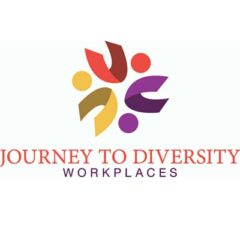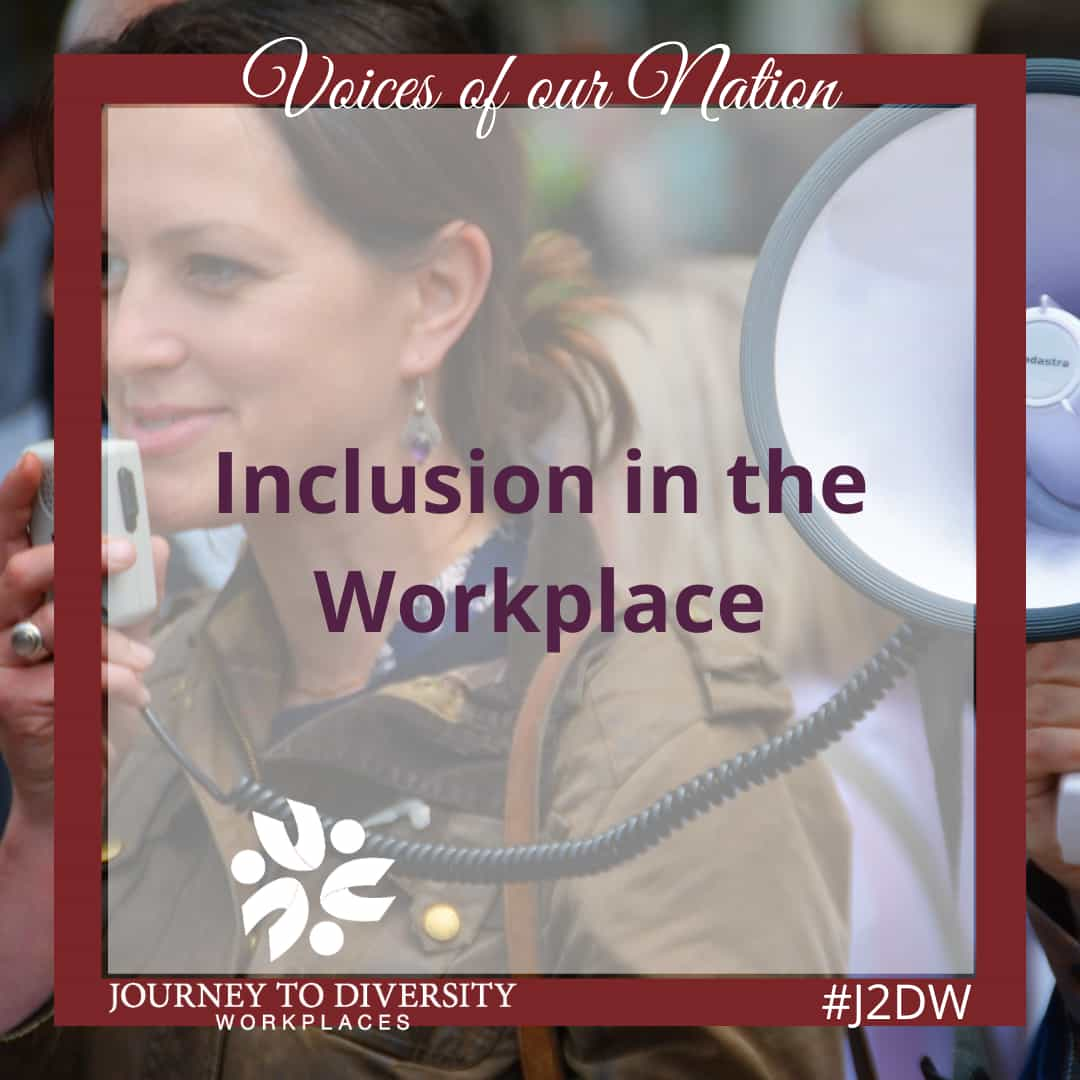Diversity and inclusion are key elements in creating a workplace that treats all of the employees with respect and fairness. Inclusion requires being valued, respected and supported within a workplace. Inclusion is about focusing on the needs of every individual and ensuring the right conditions are in place for each person to achieve his or her full potential. Inclusion should be reflected in an organization’s culture, practices and relationships that are in place to support a diverse workforce. Inclusion happens when an organization actively recognizes and promotes the diversity of its employees through fair practices, policies, and procedures. All of the employees are properly valued for the unique talents differences and unique talents that they each bring to the workplace. Organizations who make diversity and inclusion a priority are more likely to succeed in today’s global marketplace as it gives these workplaces a competitive advantage.
Workplace diversity refers to the variety of differences between people in an organization, including factors such as race, gender, cultural background, religion, age, sexual orientation, personality, and education. A diverse workplace environment acknowledges that how these differences are viewed can impact the fair treatment of people within workplaces. A diverse workforce provides many advantages to your company. It heightens awareness and can allow workplaces to serve a broader customer base, provides different perspectives for marketing and product initiatives, increases creativity, and job satisfaction. Programs and training that help immigrant employees navigate the workplace, and help non-immigrant employees understand the benefits of diversity, will improve working conditions for everyone and increase a workplace’s profitability. Diversity and inclusion in the workplace are known to increase organizational effectiveness, innovation and lead to greater employee satisfaction.
Canada is a progressively diverse country with many people coming from a wide variety of backgrounds and cultures. According to Statistics Canada, approximately 250,000 to 300,000 immigrants come to Canada each year. Two major demographic pressures affecting the Canadian labour force today include: the large number of baby boomers approaching retirement age and the shortage of young people available to replace them. Employers consistently report challenges in recruiting the skilled talent they need in their organizations. Competition for employees will continue and increase as employers are still being affected by the changing labor force demographics.
Two major demographic factors are affecting the Canadian workplaces today which are the large number of baby boomers approaching retirement age and the shortage of people available to replace them. Canada’s population is predicted to exceed 40 million people by 2036. In 2012, there were approximately 1.4 million people aged 80 or over, and by 2036 this could increase to 3.3 million. Although an official definition of the baby boom does not exist, it generally describes a period of increased birthrates lasting from 1946 to about 1965. The Great Depression of the 1930s had prolonged the decline in Canada’s birthrate as it had in most Western countries. The low point in Canada was reached in 1937, when the gross birthrate (the annual number of live births per 1,000 inhabitants) was 20.1. Improved economic conditions caused a recovery that began to accelerate during the Second World War. By 1945 the birthrate had risen to 24.3; by 1946 it had jumped to 27.2, and it remained between 27 and 28.5 per 1,000 inhabitants until 1959, after which it began to gradually decline.
There are skilled and talented young people who have not been effectively implemented into the Canadian workforce. The immigrant workforce, Canadian born minorities, youth and persons with disabilities have been overlooked in the past. Their talents have been wasted. However, Canada is now relying more on immigrants to adequately fill workplace demands. Employeers must recognize that every employee can bring a unique perspective and skill set that can benefit the workplace when these assets are utilized effectively. A diversity and inclusion strategy is most effective and sustainable when it Directly aligns with and helps to achieve the workplace goals, creates an environment where everyone feels that their input is valued and that they are encouraged to contribute ideas, and effectively utilizes the individual attributes of each employee to further the goals and overall success of workplaces. By embracing diversity and creating inclusive workplaces in Canada each employee can be given a better opportunity to use their talents and reach their full potential which can contribute significantly to overall success and effectiveness of workplaces.
Source: Statistics Canada
This article was contributed by volunteer blogger Shan Simpson.



